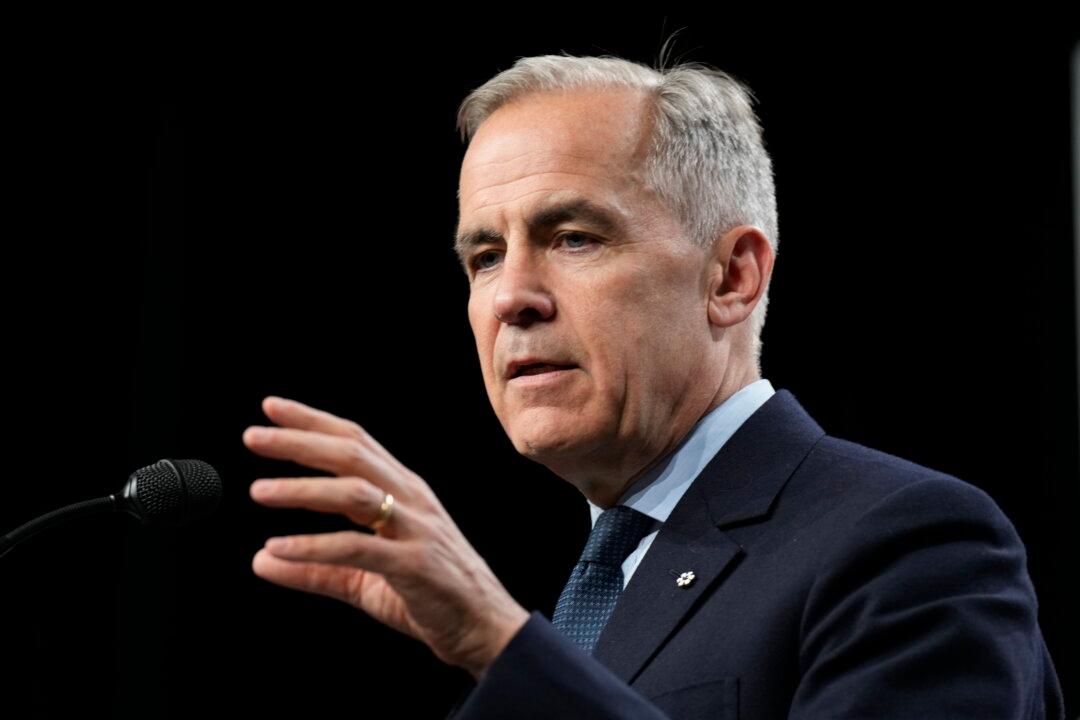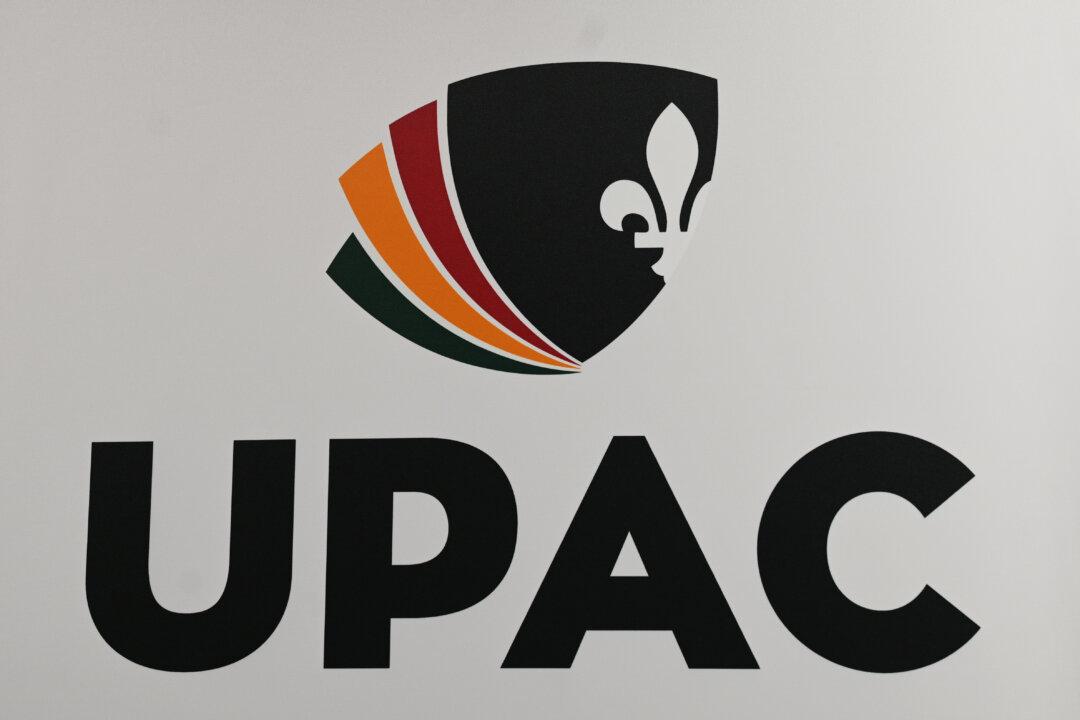RCMP and local police say security planning is well underway for next month’s G7 summit in Alberta.
Officials told The Canadian Press they’re expecting protesters and are taking steps to deal with new technological threats, such as the weaponization of drones.





